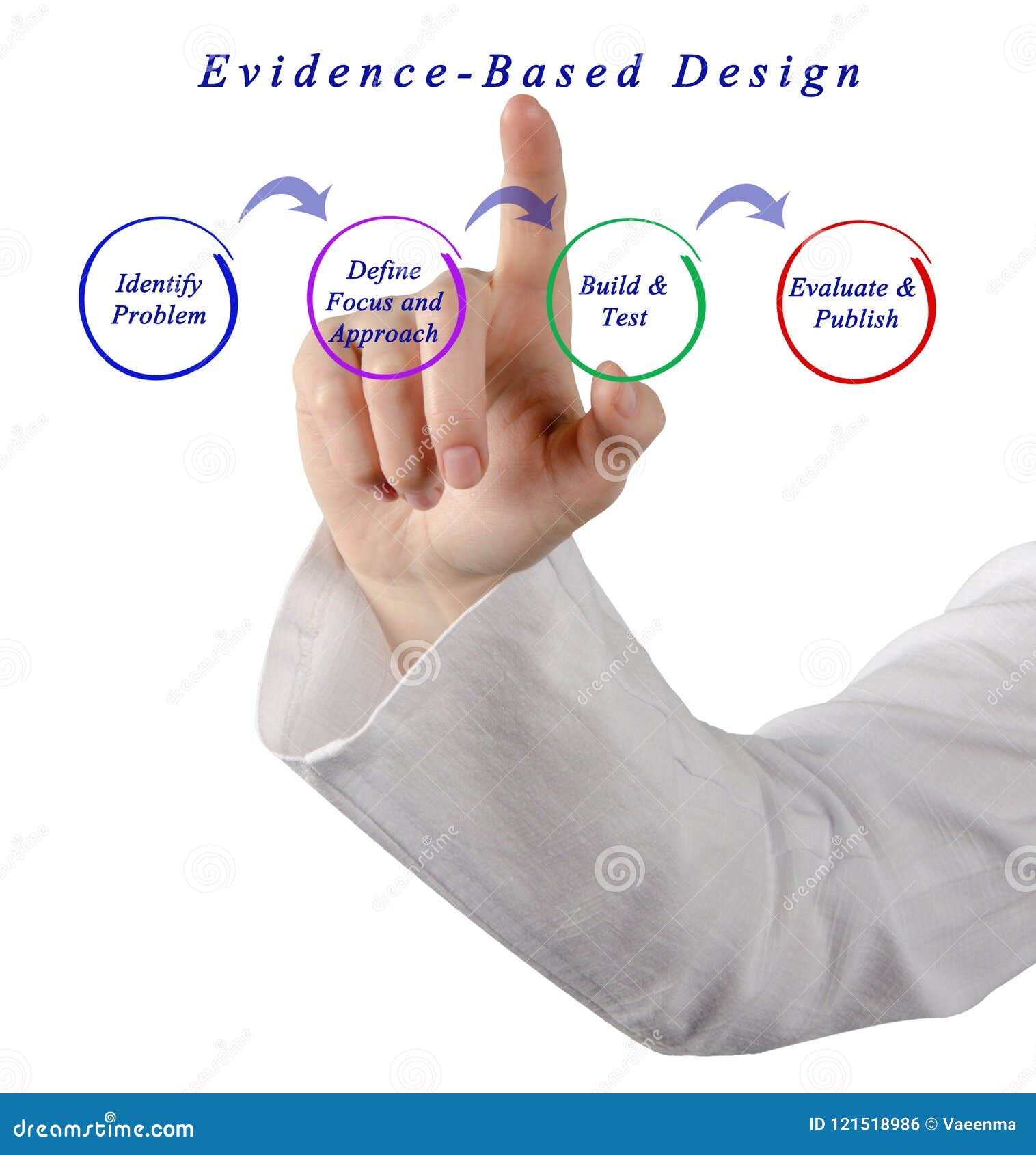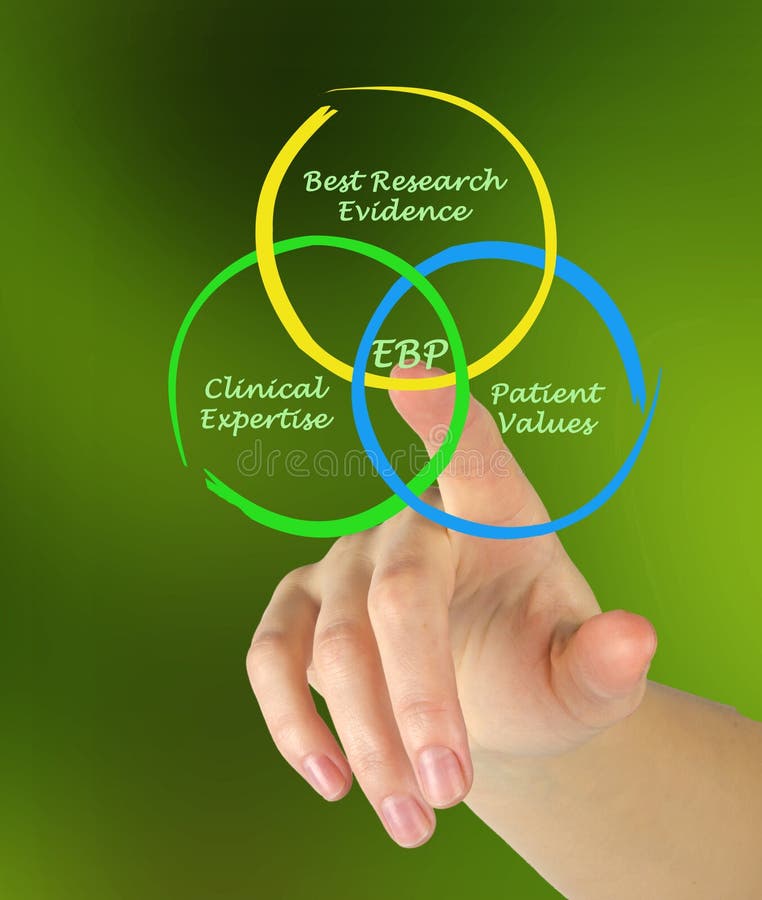Table Of Content

In addition, the wheel has been useful in talking with clients about shortcomings in existing facilities, highlighting responsive features in our own designs, and focusing discussions throughout the design process. Issue 01 of the EBD journal is essential reading for anyone developing a new aged care facility, or remodelling an existing one. Containing globally relevant, detailed case studies, evidence based design strategies, and articles about future trends, the Aged Care Issue of EBD Journal will assist you with brief development, design and facility management. EBD is a new resource for architects, designers, planners, project managers and their clients—in fact, anyone who wants to learn more about the ways in which people interact with the built environment.
Evidence-Based Design for Indoor Environmental Quality and Health
The junior doctors were on a single-term rotation, where they spent one year at the private hospital before returning to rotations in the public hospital system. Junior doctors could also take part in educational activities outside of their supervision with consultants, including the EBM-SDM course, to acquire and practice new skills. As medicine has become increasingly evidence-based, healthcare design uses EBD to link hospitals' physical environments with healthcare outcomes. A lack of prior learning and practice of EBM and SDM concepts among this sample of junior doctors echoes previous calls for improved basic and ongoing training in EBM and SDM skills [8, 55].
Performance-based building design
The Center for Health Design developed the Pebble Project,[51] a joint research effort by CHD and selected healthcare providers on the effect of building environments on patients and staff. Health Environment Research & Design journal and the Health Care Advisory Board[52] are additional sources of information and database on EBD. Prior to the EBM-SDM training course, most junior doctors’ attitudes toward EBM were focused on the knowledge they could acquire for decision-making, research, and benchmarking their performance, such as “recommendations that are based on that evidence to inform medical decision-making” (J3). After the course junior doctors were keen to practice their new EBM skills that had expanded to include finding and using evidence to explain care issues to patients. “It [explaining evidence] really makes them [patients] feel as though they’re being actively involved in the actual details of their specific case” (J3).
Consent for publication
We review and translate thousands of research articles, saving you time, while creating a bridge between the worlds of research and design practice. Ten junior doctors planned to increase their communication and person-centered care skills after the EBM-SDM course, for example, using EBM to find evidence that reassures a patient; skills that could be implemented now and expanded later to incorporate SDM. The intent of this thesis is to provide an introductory guide for interior designers wishing to conduct research on various aspects of the built environment. It is tailored toward designers working in the healthcare field, but the concepts discussed can be translated into any realm of interior design or architecture. Utilizing tools such as existing research, post-occupancy evaluations, and interviews all help to hone in on an ideal, personalized design.
Private rooms: Evidence-based design in hospitals - CMAJ
Private rooms: Evidence-based design in hospitals.
Posted: Tue, 07 Feb 2012 08:00:00 GMT [source]
Data collection
This study used an emergent qualitative design where data were collected via semi-structured interviews [25]. Social constructivist theory underpinned our study design to enable the exploration of how junior doctors and consultants created their own meanings, attitudes, and understanding about EBM and SDM, and a deeper understanding of their relationships with each other within this context [26]. The study centered around an EBM-SDM course that we conducted at an academic health sciences center.

Mistake-Proofing the Design of Health Care ProcessesSynthesizes more than 150 practical examples from real world health care on using process or design features to prevent medical errors. Reducing noise, providing more privacy, and making it easier for patients to find their way though the hospital can all improve patient satisfaction. Windows.Patients in rooms with windows, particularly windows with pleasant views to nature, have shorter recovery times and fewer complications, and request less pain medication. Employees with access to windows and nature views experience less stress, better health, and higher job satisfaction.

While our design includes plenty of natural light, ocean views, and wall patterns that mimic waves, we also focused on planning opportunities for caregivers to clearly see and interact with patients to support their wellness. To base your design choices on the very best evidence, you need to identify reliable studies, analyze outcome data, and gather information directly from your staff and patients. Numerous research studies offer data and analyses on the relationship between architecture and patient wellness.
“There have been a lot of tests and statistics on environments in general — about humans using a space, not just in terms of learning — and how environments affect people in terms of how we think, our blood pressure and more,” says Fabelo. Controlling those emotions can affect capturing a child’s attention in a learning environment.” For example, you may want to use red in high-energy spaces and blue in more relaxed spaces. In an effort to remain competitive and relevant in an ever-changing industry, more professionals are choosing to become EDAC certified. As a result, there is an increase in clients requesting and utilizing the evidence-based process for their projects. Through a research-driven approach, many tools are available that allow our team to collaboratively work with and engage in the design process so that essential insight can be garnered and developed into an operational process that meets the project’s goals.
Combining EBM and SDM training enabled junior doctors to realise there is more to EBM than the level of evidence, which was what most believed before the training. The combined course enabled them to consider how they would communicate the relevant evidence in a two-way conversation with the patient, and thus situated the principles of EBM within the broader context of patient needs and preferences. Several junior doctors had commented that their awareness and practice of improved communication skills with patients had increased after the course, lending support to the effectiveness of the combined course, and the likelihood that the learnings would be utilised in future. These outcomes also imply that EBM-SDM training has the potential to shift power dynamics within the medical hierarchy through expanding the skillset and abilities of junior doctors. Demographic details of the junior doctors and consultants who participated in interviews are displayed in Table 1. Of the 30 junior doctors who completed the EBM-SDM training, 12 participated in interviews.
For example, a quantitative study conducted over a long period of time and using information collected from many participants is going to be far more reliable than a short-term study based on only a few participants or groups. By utilizing the knowledge of the research in this field with topics such as noise and lighting issues (reduction of harsh artificial lighting and the introduction of natural lighting), the occupants can feel less stressed and feel more supported and comforted in their built environments. A comprehensive review of the literature was undertaken in 2005 for the Design Council.[31] It concluded that there was evidence for the effect of basic physical variables (air quality, temperature, noise) on learning but that once minimum standards were achieved, further improvements were less significant. The reviewers found forceful opinions on the effects of lighting and colour but that the supporting evidence was conflicting. It was difficult to draw generalizable conclusions about other physical characteristics, and the interactions between different elements was as important as single elements.
The Center for Heath Design (CHD), a non-profit organization that supports healthcare and design professionals to improve the understanding and application of design that influence the performance of healthcare, patient satisfaction, staff productivity and safety. Six consultants expressed doubts about patients’ ability to grasp complex medical concepts for decision-making, to “understand something as much as a clinician who’s been doing it for 10, 20, 30 years” (C8). Three consultants strongly endorsed patient involvement, mostly believing that “at the end of the day…it’s the patient’s body, that they have to be comfortable with the treatment plan” (C1). In Phase 1 of the study, junior doctors’ transcripts and field notes were thematically analysed [35, 36] to identify, evaluate and report patterns or themes within the data in relation to the three research questions.
These tools influence the overarching design concept and lead to positive outcomes such as reduction of stress and anxiety and improved efficiency of staff. Driven by enormous advances in ICT, the world is experiencing a period of unprecedented social change—one that has placed extraordinary demands on our built environments, and on our understanding about how they work for the people that actively occupy them. The impact of social interaction on our health and sense of wellbeing is now also recognised as a significant driver in the design of new environments and the need for ongoing research. Hospital executives planning or executing a major capital construction project or minor renovations can use the information presented in this video to help identify how evidence-based design can improve the quality and safety of their hospitals' services.
Some educators and practitioners have identified the potential benefit of incorporating the principals of SDM into EBM training, so that education centers on the patient as well as the evidence [9, 10]. However, very few published studies provide empirical data on how this can be successfully done [8, 11]. In an Australian study, researchers ran a single EBM-SDM workshop for medical and allied health student-clinicians [12], where SDM was introduced as part of the students’ compulsory EBM course. In this study, participants who underwent SDM training in addition to reading SDM material scored significantly higher on measures of ability, attitudes, and confidence in incorporating SDM into EBM when compared to participants who read SDM material alone. In a more recent study, researchers from the same institution conducted a half-day EBM-SDM workshop to train primary care practitioners in using SDM with EBM to improve decision-making for patient care [13].
For further information, or to submit design/research projects for review, please email us. In 2024, Excelencia in Education marks 20 years of service to accelerate Latino student success in higher education by promoting Latino student achievement, conducting analysis to inform educational policies, advancing institutional practices, and collaborating with those committed and ready to meet the mission. Launched in 2004 in the nation’s capital, Excelencia has established a network of results-oriented educators and policymakers to address the U.S. economy’s needs for a highly educated workforce and engaged civic leaders.
Despite these barriers, supportive consultants and protected educational time facilitated the learning and practice of EBM and SDM within the context of our study. To counter the reported barriers at our institution there are opportunities available for some consultants to become champions who make protected time available for EBM-SDM learning and practice opportunities. These findings may inform future research and training where integrated EBM and SDM learning and practice could be adapted to the unique contextual and cultural influences of each institution. We developed and ran a series of EBM-SDM courses for junior doctors within a private healthcare setting with protected time for educational activities.
Junior doctors learn to respect hierarchy from medical school, where they do not challenge authority to avoid unwanted impacts on their training and career progression [47,48,49]. The well-established medical hierarchy emerged as a barrier preventing junior doctors in our study from using evidence-based decision-making skills learned in the EBM-SDM course, particularly if the evidence contradicted strongly held views and practices of senior consultants. Most junior doctors reported positive attitude changes following EBM-SDM training that encompassed plans to increase patient involvement in their care through better communication and evidence-based shared decision-making. However, time constraints and the influence of the medical hierarchy were significant barriers for most junior doctors when learning and practising EBM and SDM.

No comments:
Post a Comment